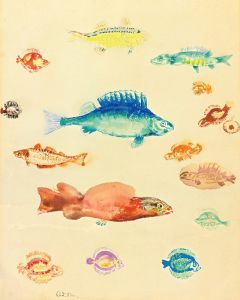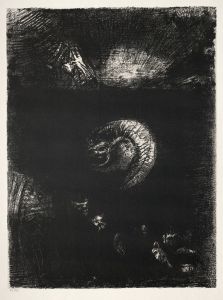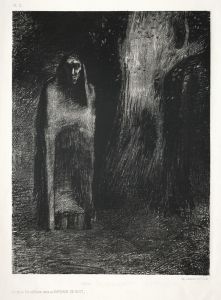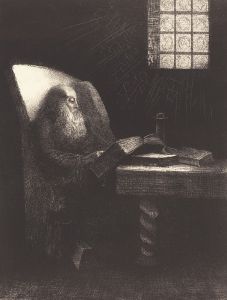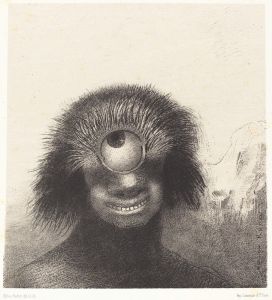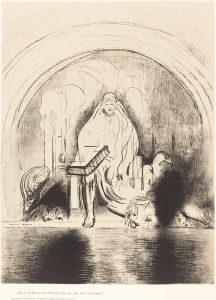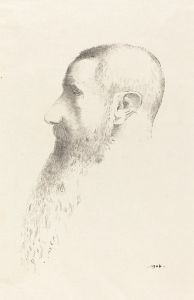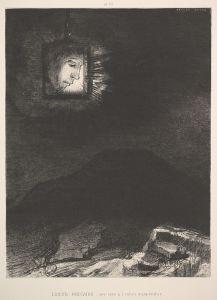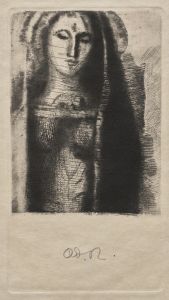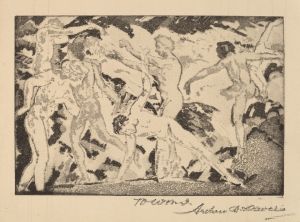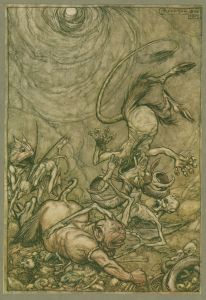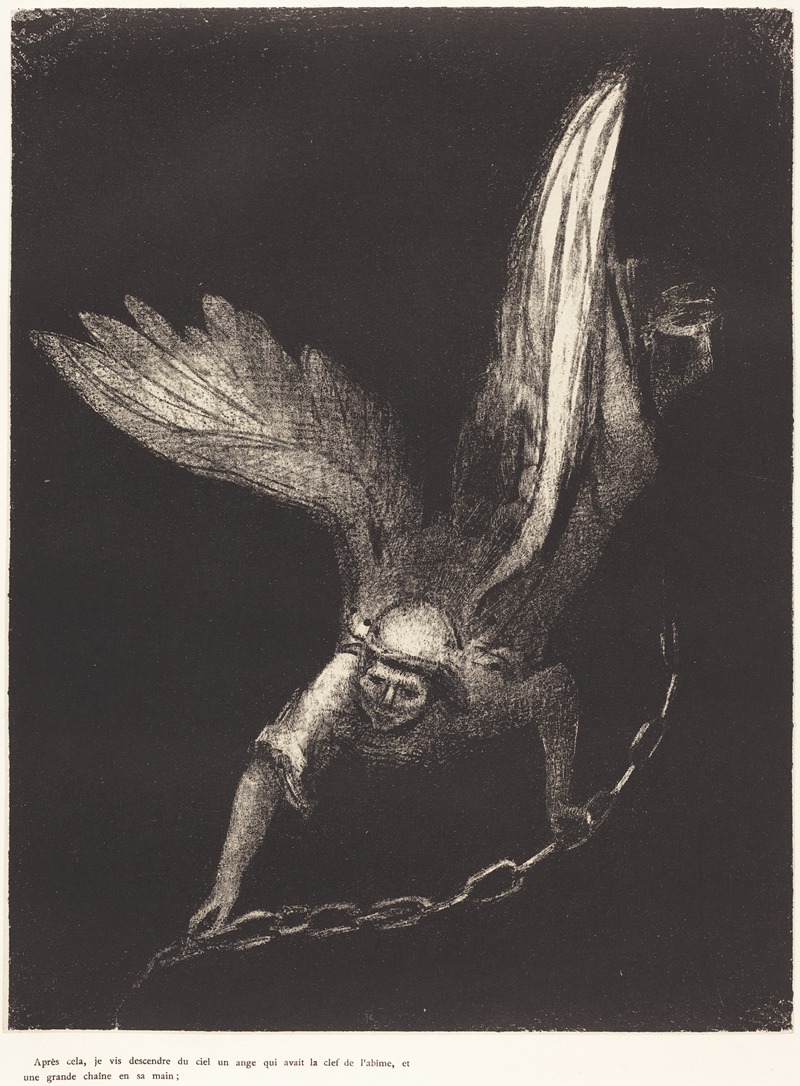
Apres cela je vis descendre du ciel un ange qui avait la clef de l’abime, et une grande chaine en sa main
A hand-painted replica of Odilon Redon’s masterpiece Apres cela je vis descendre du ciel un ange qui avait la clef de l’abime, et une grande chaine en sa main, meticulously crafted by professional artists to capture the true essence of the original. Each piece is created with museum-quality canvas and rare mineral pigments, carefully painted by experienced artists with delicate brushstrokes and rich, layered colors to perfectly recreate the texture of the original artwork. Unlike machine-printed reproductions, this hand-painted version brings the painting to life, infused with the artist’s emotions and skill in every stroke. Whether for personal collection or home decoration, it instantly elevates the artistic atmosphere of any space.
Odilon Redon, a prominent French symbolist artist, created the artwork titled "Apres cela je vis descendre du ciel un ange qui avait la clef de l’abime, et une grande chaine en sa main" in the late 19th or early 20th century. This piece is part of Redon's broader body of work that often explores themes of mysticism, dreams, and the subconscious, reflecting his interest in the symbolic and the fantastical.
Redon was born on April 20, 1840, in Bordeaux, France. He initially pursued architecture but later shifted his focus to painting and drawing, studying under Jean-Léon Gérôme and later under Rodolphe Bresdin, who influenced his early work with an emphasis on fantastical and dream-like imagery. Redon's work is often associated with the Symbolist movement, which sought to express the ineffable and the mysterious through art, literature, and music.
The title of the artwork, translated as "After that I saw an angel coming down from heaven, having the key of the abyss and a great chain in his hand," is a direct reference to a passage from the Book of Revelation in the Bible. This passage describes the apocalyptic vision of an angel descending from heaven to bind Satan for a thousand years, symbolizing the triumph of good over evil. Redon's choice to depict this scene aligns with his interest in religious and mythological themes, which frequently appear in his work.
Redon's artistic style is characterized by his use of charcoal and lithography, which allowed him to create works with a dream-like quality. His use of dark tones and ethereal figures contributes to the mysterious and otherworldly atmosphere of his pieces. In "Apres cela je vis descendre du ciel un ange qui avait la clef de l’abime, et une grande chaine en sa main," Redon likely employed these techniques to evoke a sense of the divine and the surreal.
Throughout his career, Redon was influenced by various artistic movements and figures, including the Impressionists and the Nabis, but he maintained a distinct style that set him apart. His work was well-received by contemporaries and later artists, influencing figures such as the Surrealists, who admired his ability to capture the unconscious mind and the world of dreams.
Redon's exploration of biblical and mythological themes reflects his broader interest in the spiritual and the metaphysical. His works often invite viewers to delve into their own subconscious, encouraging introspection and contemplation. "Apres cela je vis descendre du ciel un ange qui avait la clef de l’abime, et une grande chaine en sa main" exemplifies this approach, as it presents a vision that is both familiar, through its biblical reference, and enigmatic, through Redon's unique interpretation.
Odilon Redon passed away on July 6, 1916, in Paris, France. His legacy endures through his contributions to Symbolism and his influence on later artistic movements. His works continue to be celebrated for their imaginative power and their ability to transcend the boundaries of reality, inviting viewers into a world where the mystical and the real coexist.






